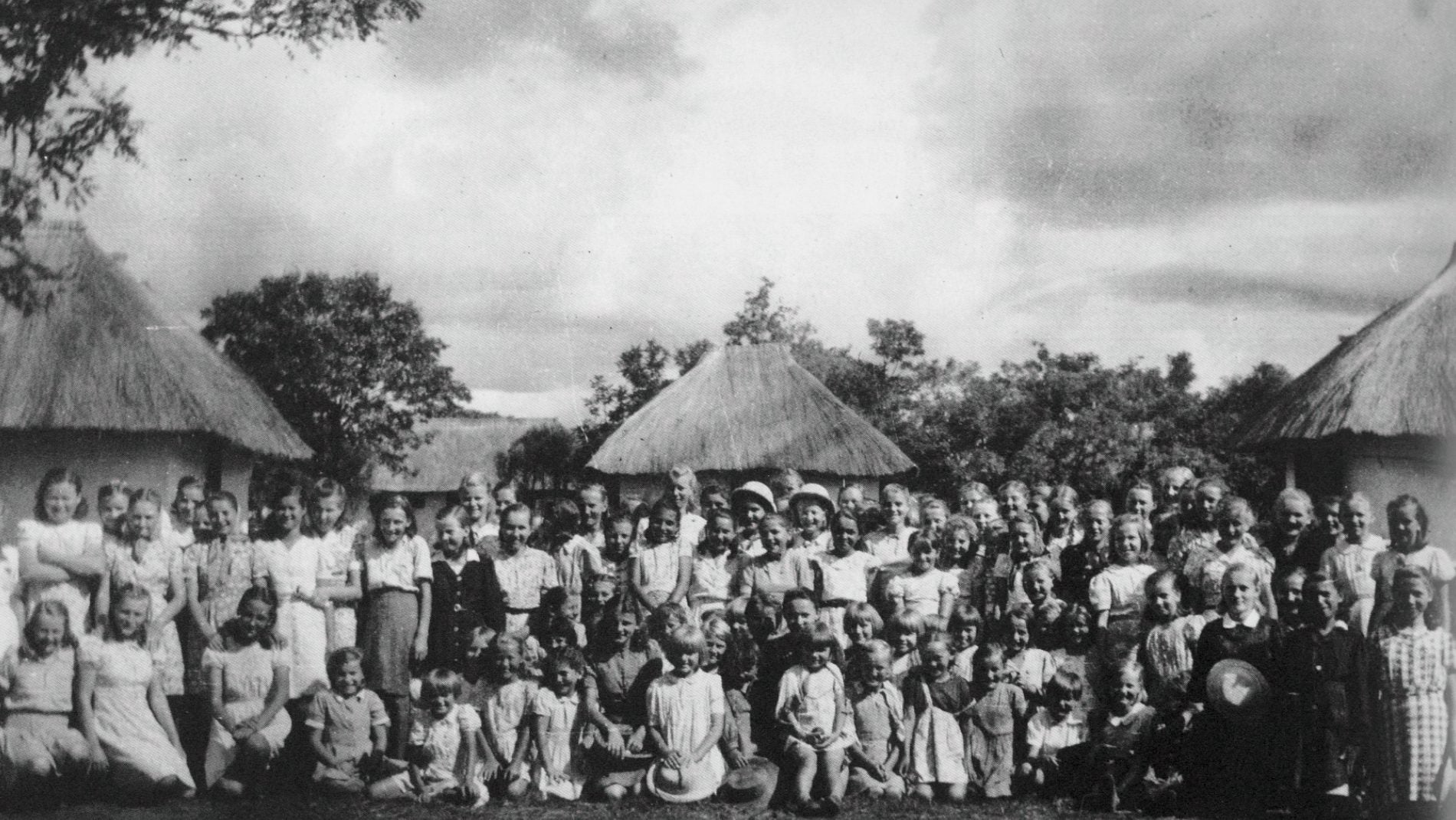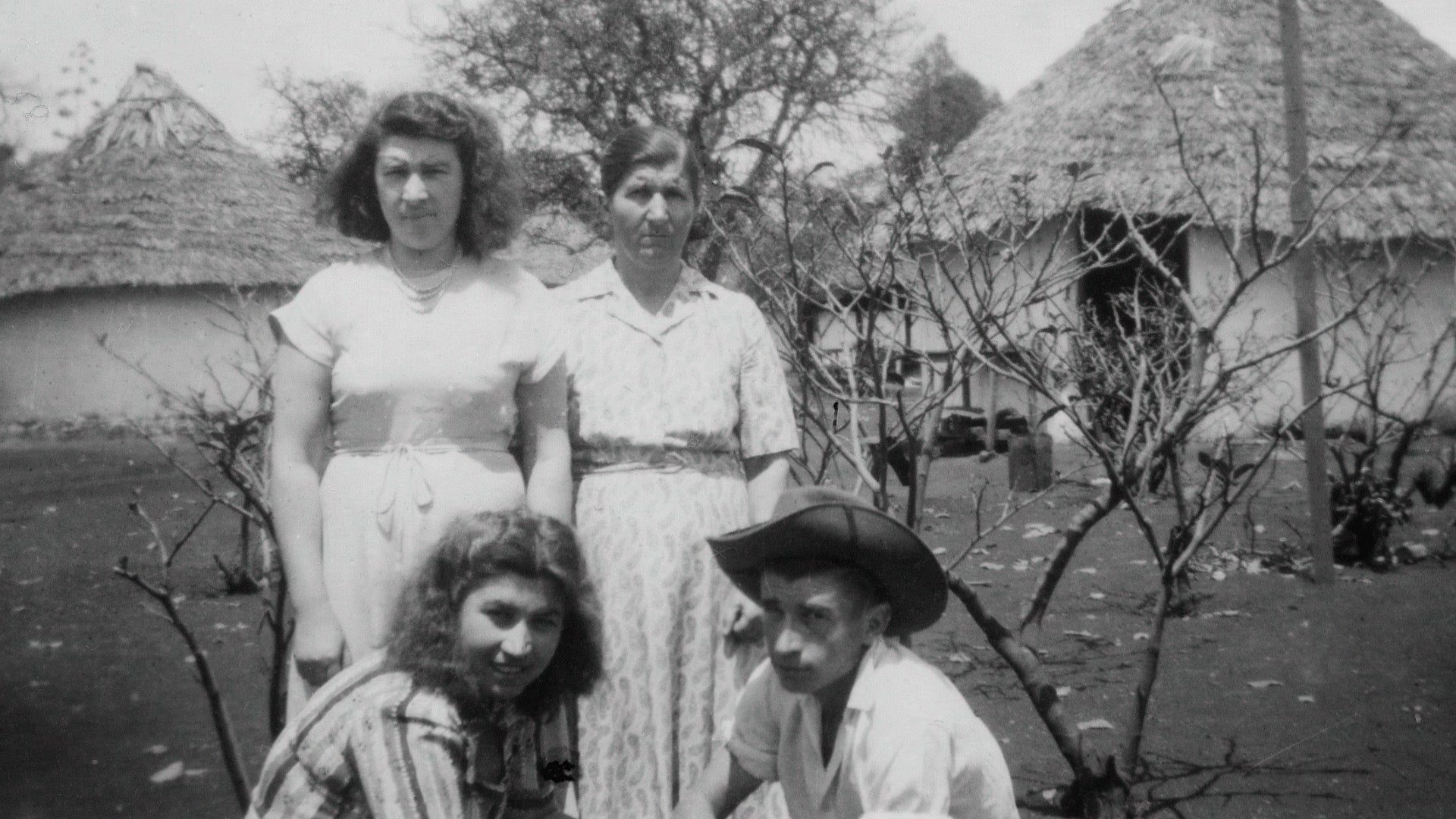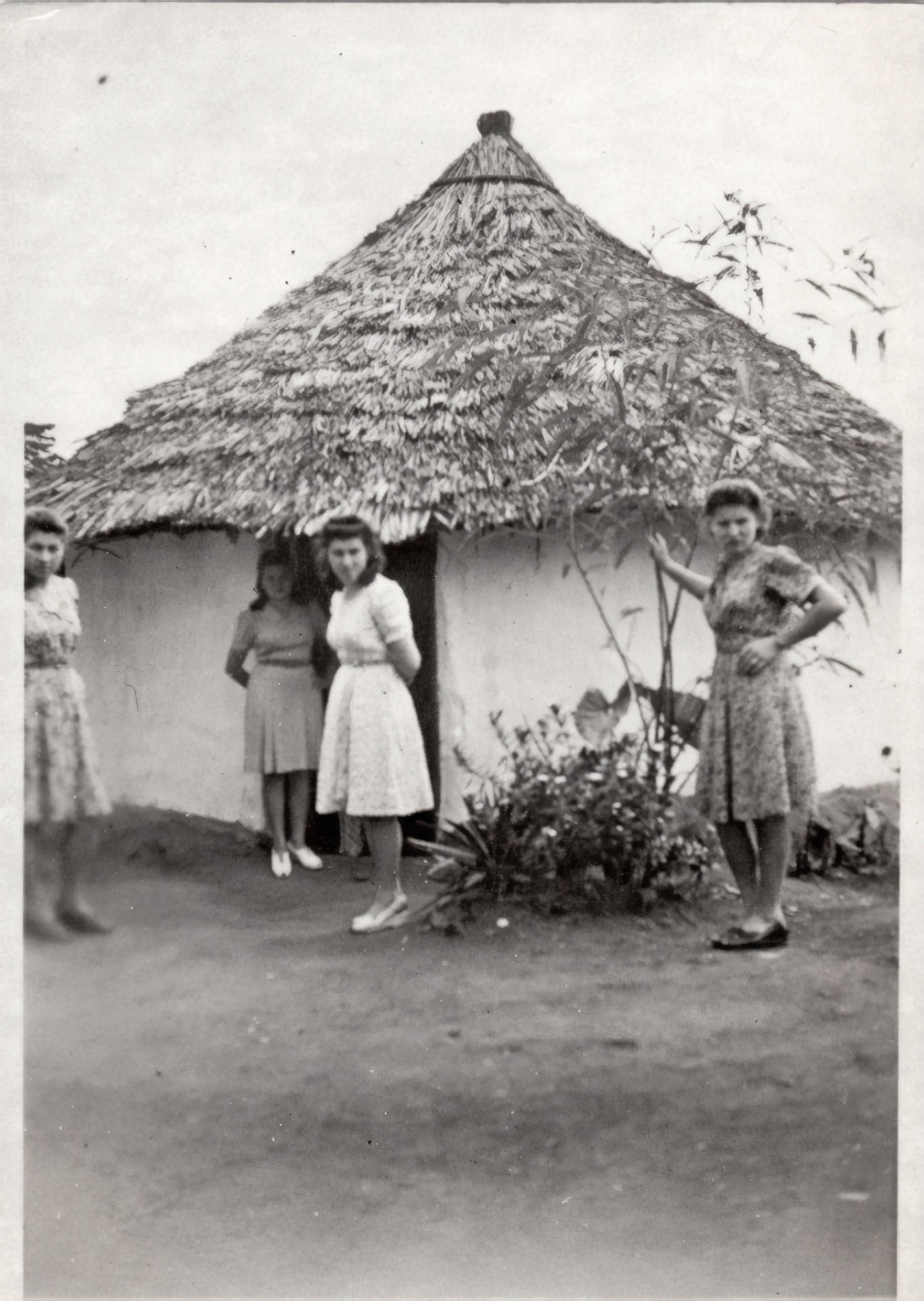The little known story of the Polish refugees who fled to East Africa during World War II
The historic burden wrought by World War II continues to equally shape the world today and haunt the lives of the young and old. For the Polish refugees who were exiled in Africa during that era, the war has come to define a loss of not just loved ones but of their homeland and history as well.


The historic burden wrought by World War II continues to equally shape the world today and haunt the lives of the young and old. For the Polish refugees who were exiled in Africa during that era, the war has come to define a loss of not just loved ones but of their homeland and history as well.
In August 1939, Nazi Germany and the Soviet Union signed the non-aggression Molotov-Ribbentrop pact that included a secret protocol to partition nations including Poland. Days later, both powers invaded Poland mostly with the intention of dismembering Polish culture and suppressing its people. Hundreds of thousands of Poles, including educated elites and ethnic Jews, were deported to various locations in the Soviet Union with many ending up in forced labor camps in Siberia.
Barely two years later, the tables flipped when the German-Soviet War began in 1941, pushing the socialist state to strike a deal with the Polish government exiled in London. Amnesty was granted to those in Gulag camps as part of the agreement, and many prisoners—famished and feeble—made the long treks to modern-day Uzbekistan, Kazakhstan, and across the Caspian Sea into Iran.

Tens of thousands of those deportees made it to Africa too, spreading in two dozen villages across six countries in east and southern Africa. Their story—its buried and recognized parts—is at the center of the documentary Memory is our Homeland by the Canadian filmmaker Jonathan Durand.
The film especially centers on Durand’s own grandmother, Kazia Kolodziej (née Gerech), who lived in a refugee camp in Tanganyika (now Tanzania) located near the foothills of Africa’s tallest peak, Mount Kilimanjaro.
From 1942 through to 1952, Gerech along with her siblings and parents lived in houses built of timber and clay with thatched roofs and no doors. Settled in the Tengeru town in northern Tanzania, the community farmed and sent their children to school. Museum documents show they also dabbled in shoemaking, weaving, toy-making, rug-making, besides weaving string and rope from sisal. They also mingled with local communities, a fact that didn’t endear them to the British colonial forces controlling the nation.
After years of penury and hardship, the camps proved a welcome respite for the Poles. “If Siberia had been darkness and cold and marked by death and deprivation, Africa was heat and color and life,” Durand says in the documentary’s narration.
Yet after the war ended, many Poles didn’t want to go back home. The Soviet Union was among the Allied nations that defeated the Axis powers and Poland was still under the influence and control of Moscow. This presented a quandary that resulted in the Allies not only forgetting about the European refugees in Africa but also erasing them from history books.
Eventually, the refugees were resettled, finding homes in North America, Europe, and Australia.
For Durand, the documentary is a meditation on what home and identity represent for many of those displaced and their families. But the film is also a paean to the resilience of people in the aftermath of war and the power of memory in the face of oppression and displacement. As he traverses modern-day eastern Europe in search of his grandparents’ homeland, he encounters pliable borders, empty forests, and desolate towns.

“When I initially started this project, my idea was to make a largely conventional film about an unconventional history,” he tells Quartz. But he quickly realized, he says, that the story of Poles in Africa, the history of how “the first modern refugee camps in Africa were for white Europeans,” wasn’t written or documented as such.
So the film, he says, “organically became a much more personal one, because it was about how history is kept alive in the stories of mothers and grandmothers, even when outside forces try to erase it.”
Sign up to the Quartz Africa Weekly Brief here for news and analysis on African business, tech and innovation in your inbox